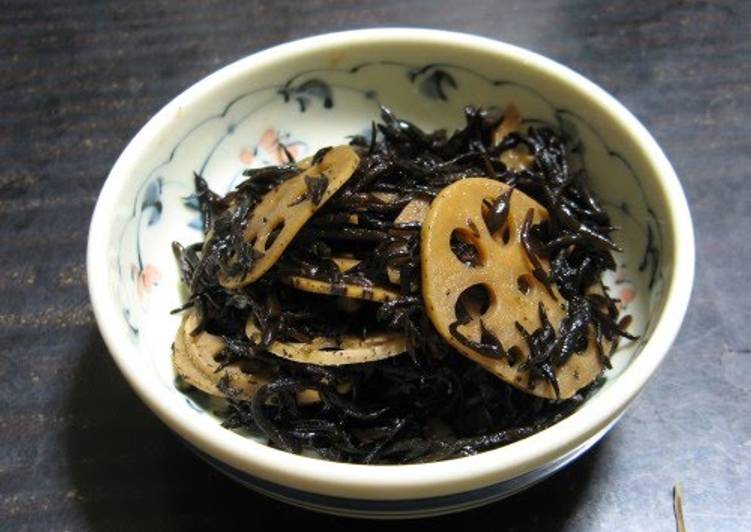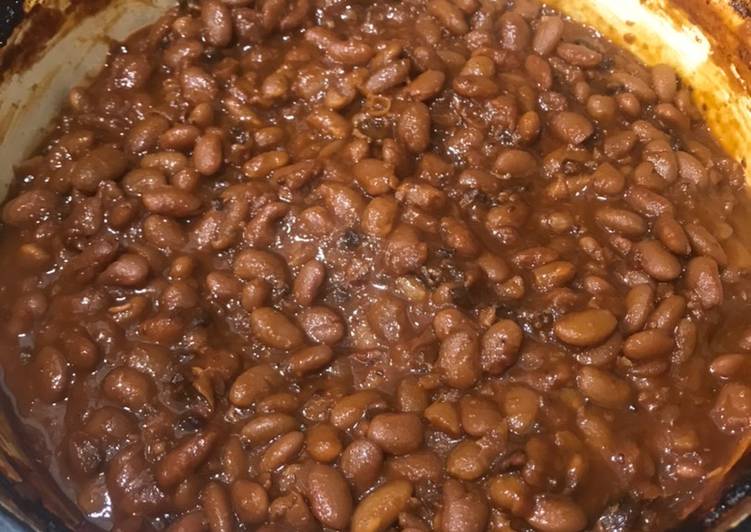
Hello everybody, it’s John, welcome to my recipe site. Today, I’m gonna show you how to make a distinctive dish, macrobiotic: hijiki and lotus root. One of my favorites. For mine, I will make it a bit tasty. This is gonna smell and look delicious.
Lotus root helps improve digestion, reduce cholesterol, control blood pressure, and boost immunity. Lotus root relieves depression and improves health of Lotus root, as the name implies, is the root of the lotus flower and has a wide range of health benefits. This is mostly owing to its rich nutritional.
Macrobiotic: Hijiki and Lotus Root is one of the most well liked of recent trending foods on earth. It is easy, it’s quick, it tastes yummy. It’s enjoyed by millions every day. Macrobiotic: Hijiki and Lotus Root is something that I’ve loved my entire life. They are fine and they look wonderful.
To get started with this recipe, we must prepare a few components. You can cook macrobiotic: hijiki and lotus root using 4 ingredients and 4 steps. Here is how you can achieve that.
The ingredients needed to make Macrobiotic: Hijiki and Lotus Root:
- Get Lotus root
- Take Hijiki dried seaweed
- Prepare Soy sauce
- Prepare Vegetable oil
Lotus root (renkon) - Optional, but it adds a nice texture. A jelly-like plant food that is unique to Japanese cuisine. Once ready, start by sauteeing julienned carrots and lotus roots, followed by the rehydrated hijiki, aburaage (fried tofu pouch), and konnyaku (konjac). When preparing root vegetables, the root and leaf portions may be cooked together to achieve a balance of Hijiki or arame may be taken as a small side dish about twice a week, while all These include grated fresh ginger root, chopped scallions, grated daikon, grated rad- ish, grated horseradish.
Steps to make Macrobiotic: Hijiki and Lotus Root:
- Soak the hijiki in lukewarm water to reconstitute, then cut into easy to eat lengths. Rinse the lotus root well, then thinly slice into wedges or into rounds.
- Heat the vegetable oil in a sauce pan, then sauté the lotus root. When the lotus root starts to become translucent, add the hijiki and sauté.
- Add enough water to cover the ingredients, cover with a lid, then reduce to low-medium heat. Simmer until thoroughly cooked.
- When tender, add the soy sauce, reduce the heat, then simmer until the liquid boils out.
Natural Healing Through Macrobiotics - Free ebook download as PDF File (.pdf), Text File (.txt) or read book online for free. Western physicians can be expected to react to macrobiotic medicine with the usual name~lling, and Kushi advocates by now are used to epithets such as "quacks, nuts. Sometimes called sacred lotus, Chinese lotus root (Nelumbo nucifera) is a perennial species of aquatic plant grown for its fragrant, cup-shaped flowers and round foliage. Grow Chinese lotus root in a sunken container to minimize the plants' spread and to make it easier to move. Lotus root isn't an ingredient that makes an appearance too often in Western cuisine, but it does play a large part in Asian cuisine, especially in Japan.
So that’s going to wrap this up for this special food macrobiotic: hijiki and lotus root recipe. Thank you very much for reading. I am sure that you can make this at home. There is gonna be more interesting food in home recipes coming up. Don’t forget to bookmark this page on your browser, and share it to your loved ones, colleague and friends. Thank you for reading. Go on get cooking!


